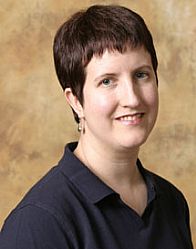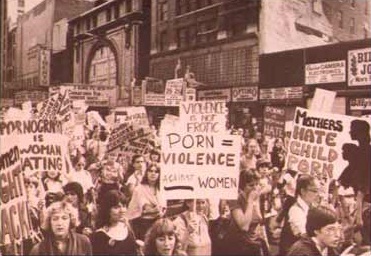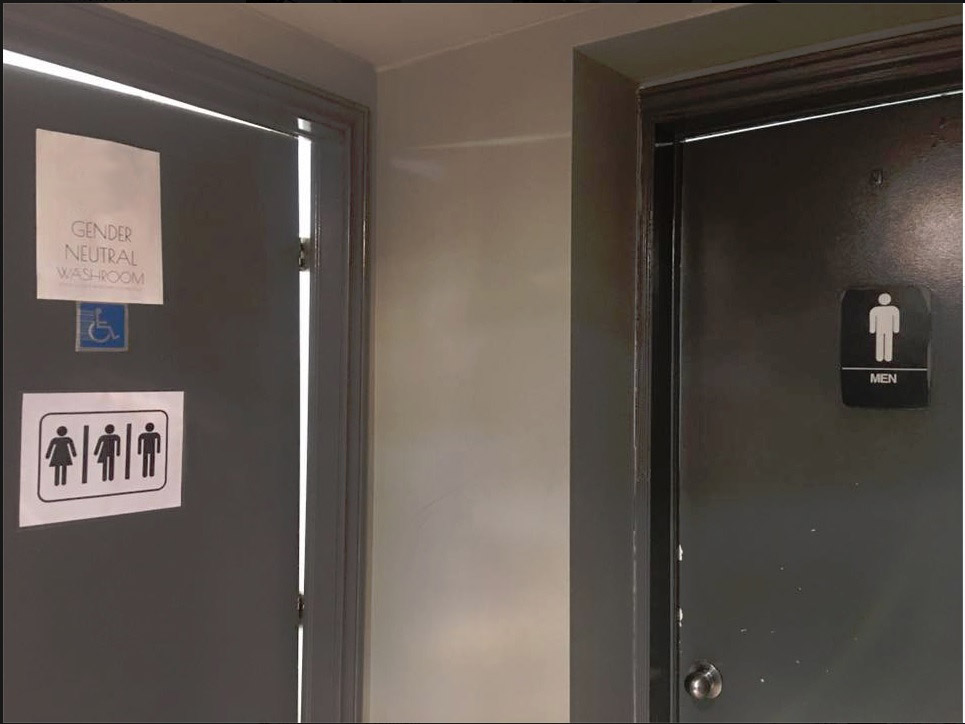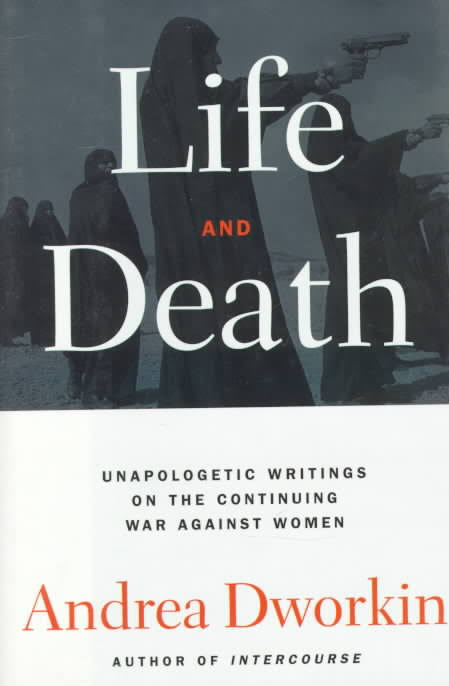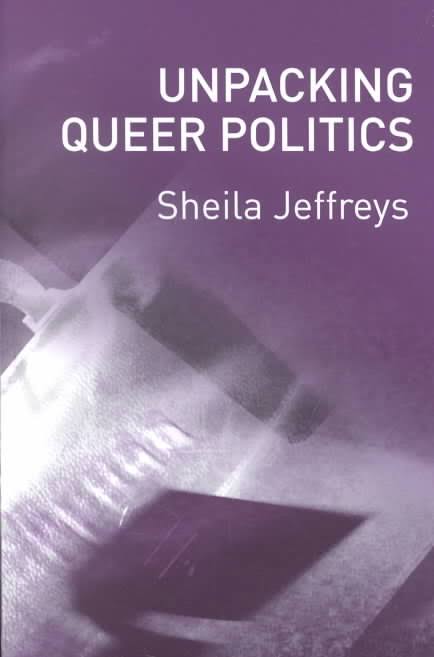 There are many branches of feminism. Radical feminism takes aim at the root cause of the crisis facing women: the system of violence that keeps people divided by sex with a dominant class (men) and an oppressed class (women).
There are many branches of feminism. Radical feminism takes aim at the root cause of the crisis facing women: the system of violence that keeps people divided by sex with a dominant class (men) and an oppressed class (women).
This system of violence is called patriarchy, and over the past two thousand years it has come to rule most of the world. Patriarchal civilization is based on exploiting and consuming women, living communities, and the earth itself.
Radical feminists seek to liberate all women from oppression. We side with women resisting male violence in all its forms, including rape, pornography, prostitution, female infanticide, and forced birth. We are dismantling misogyny (hatred of women), biophobia (fear and hatred of nature), and lesbophobia (fear and hatred of lesbians).
Radical feminists in Deep Green Resistance are committed to overturning this brutal patriarchal culture in defense of the earth, the source of life; and our sisters, women around the world.
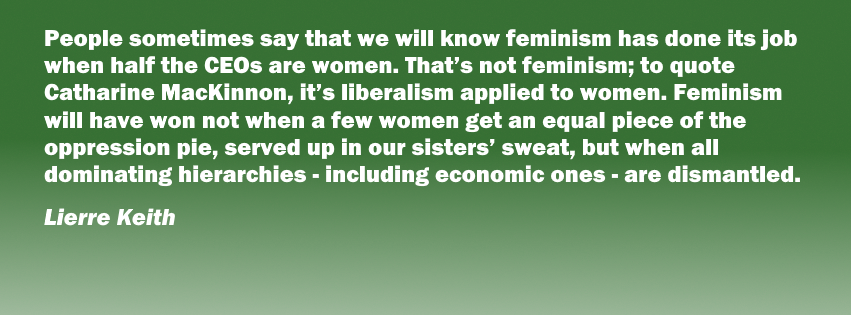
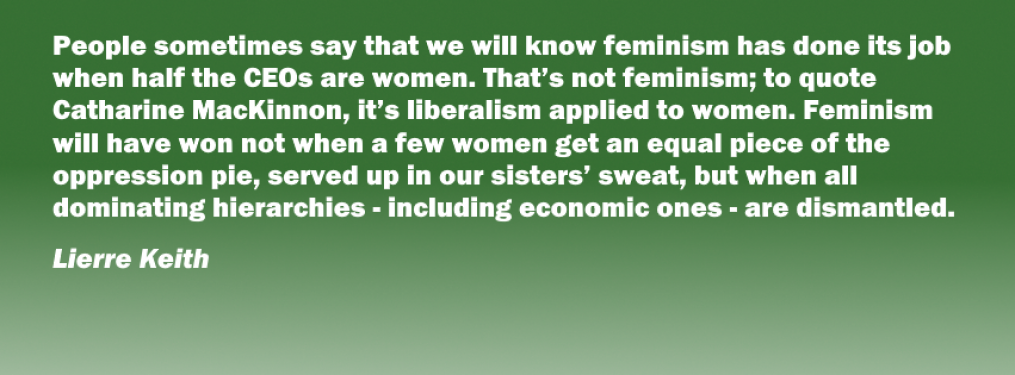
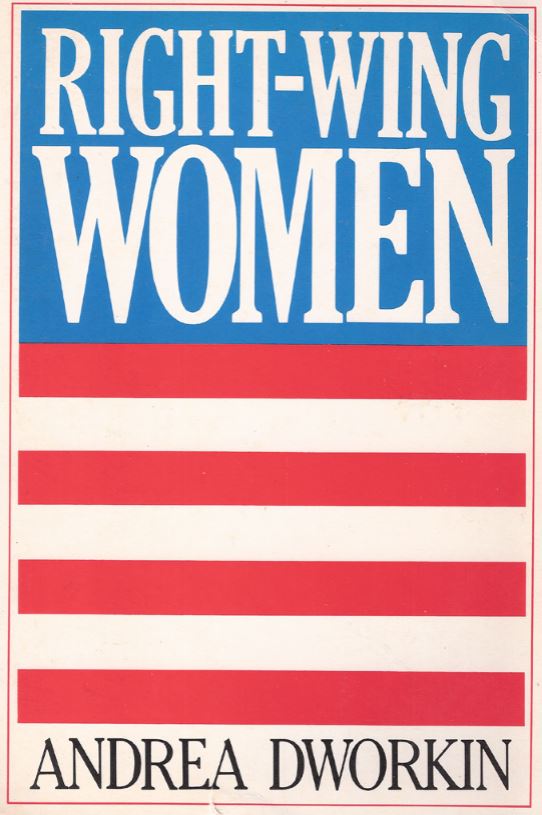

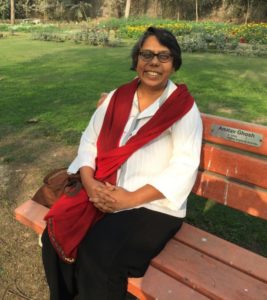
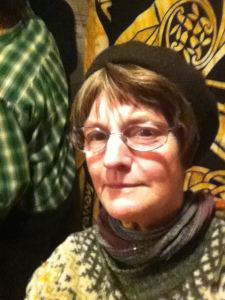 Feeling comfortably detached as I wait here for the end of the world.
Feeling comfortably detached as I wait here for the end of the world. “WHAT WOULD HAPPEN IF ONE WOMAN TOLD THE TRUTH ABOUT HER LIFE?
“WHAT WOULD HAPPEN IF ONE WOMAN TOLD THE TRUTH ABOUT HER LIFE? My father threatened me over and over that if I told anyone what he was doing to my body that I would lose my family. To a three-year-old child this is nothing less than a death threat, a threat that I would be ostracized out in the wilderness and die of starvation. He was not lying to me. I have lost my entire family, the one I was born into as well as the one that I created from my body, because
My father threatened me over and over that if I told anyone what he was doing to my body that I would lose my family. To a three-year-old child this is nothing less than a death threat, a threat that I would be ostracized out in the wilderness and die of starvation. He was not lying to me. I have lost my entire family, the one I was born into as well as the one that I created from my body, because  The way I see it now we were of the social class known as “cannon-fodder.” Boys were raised to be fighters and soldiers in the endless patriarchal wars of acquisition of land, women and resources, and girls were raised to service the soldiers. This was fairly explicit. I was beaten many times for screwing up household chores and told I would be subject to the same from my future husband if I didn’t straighten up. And I watched my father beat my mother over and over for minor infractions of household service.
The way I see it now we were of the social class known as “cannon-fodder.” Boys were raised to be fighters and soldiers in the endless patriarchal wars of acquisition of land, women and resources, and girls were raised to service the soldiers. This was fairly explicit. I was beaten many times for screwing up household chores and told I would be subject to the same from my future husband if I didn’t straighten up. And I watched my father beat my mother over and over for minor infractions of household service. I kept trying to force my daughters to look at all of this. But the damage was too deep. They refuse to see the pattern. My daughters are ruined. They will never emerge from the evil enchantment they are under. They will never question who are the actual agents of the destruction. They won’t even face the fact that the destruction has taken place, that it was deliberate and calculated. That is was done by my grandfather, who protected his pedophile son and paid for the doctors and lawyers who testified against me in court when I was nine years old. It was done by my father, by their alcoholic grandfather, by their own narcissistic father, by the cops and the judges and the doctors and the CEO’s and politicians.
I kept trying to force my daughters to look at all of this. But the damage was too deep. They refuse to see the pattern. My daughters are ruined. They will never emerge from the evil enchantment they are under. They will never question who are the actual agents of the destruction. They won’t even face the fact that the destruction has taken place, that it was deliberate and calculated. That is was done by my grandfather, who protected his pedophile son and paid for the doctors and lawyers who testified against me in court when I was nine years old. It was done by my father, by their alcoholic grandfather, by their own narcissistic father, by the cops and the judges and the doctors and the CEO’s and politicians.
